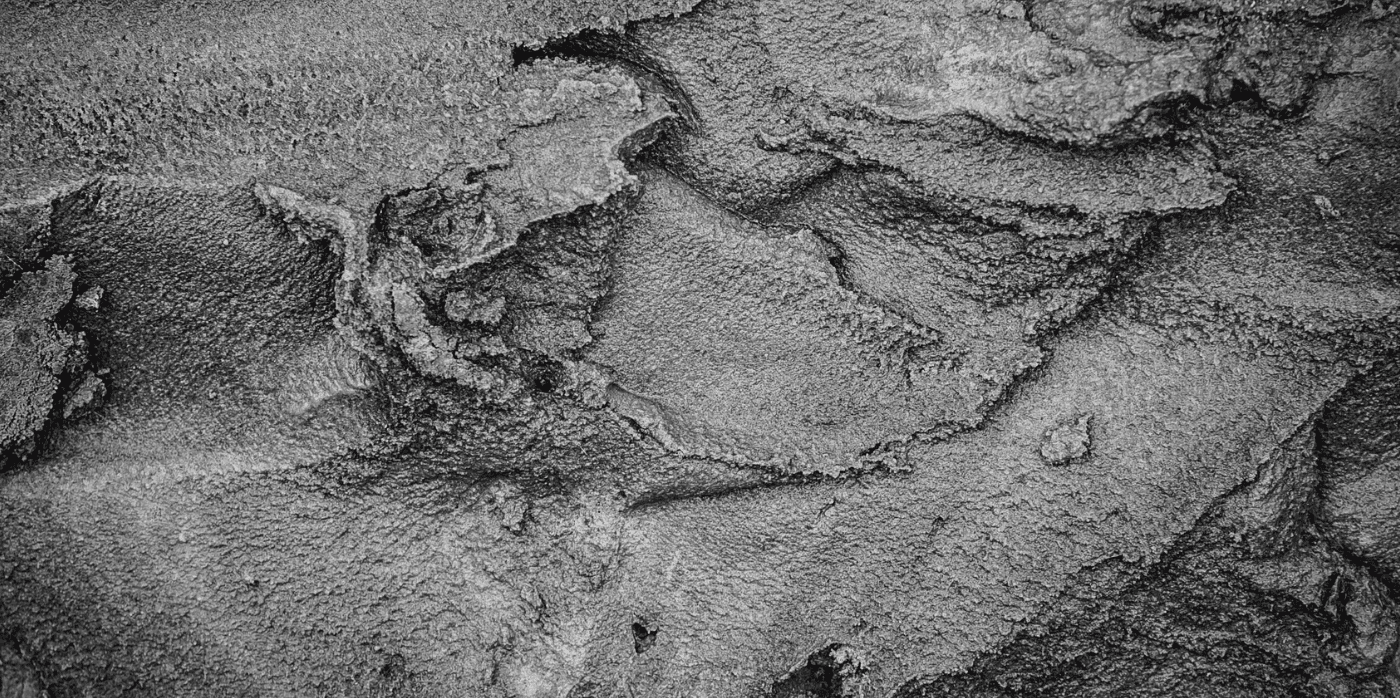
Spotted: Most of us are aware of the environmental harm cause by the use of concrete – around 8 per cent of all global carbon emissions are due to the use of this common material. Given the ubiquity of its use, it’s clear that achieving net zero is going to involve somehow reducing the impact of concrete and its main component – cement. Finnish company Carbonaide is working to achieve this with a carbon-negative concrete.
Concrete is a mixture of aggregate (small stones), and a paste made from cement and water. Through a chemical reaction, the cement and water hardens and gains strength to form concrete. The problem is that creating cement requires heating limestone and other ingredients to a very high heat – which takes a lot of energy. Carbonaide’s solution involves the development of an efficient method to bind carbon dioxide into precast concrete using an automated system.
This method operates at atmospheric pressure and reduces the amount of cement required to produce concrete. The company claims its technology can halve the CO2 emissions of traditional Portland cement-based concrete. In addition, the precast concrete component can include industrial side streams, such as industry slags and bio-ash, further reducing the carbon footprint.
The company’s process can permanently store and remove CO2 from the carbon cycle – making it carbon negative. Tapio Vehmas, CEO of Carbonaide, explains that the company has, “demonstrated in the pilot unit that our technology is capable of reducing the CO2 emissions of conventional concrete by 45 per cent. Last autumn, we demonstrated lowering our products’ carbon footprint to -60 kg/m3 by replacing Portland cement with slag.”
At Springwise, we have seen a wide range of innovations that focus on reducing the environmental impact of concrete. These have included a concrete designed to be covered in moss, to provide cleaner air, and a carbon-negative cement that uses rocks instead of limestone.
Written By: Lisa Magloff

